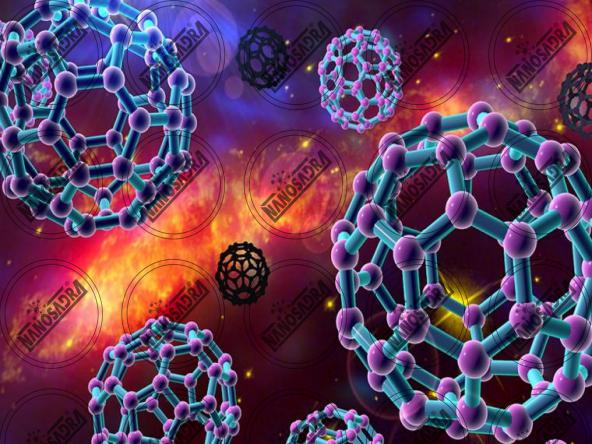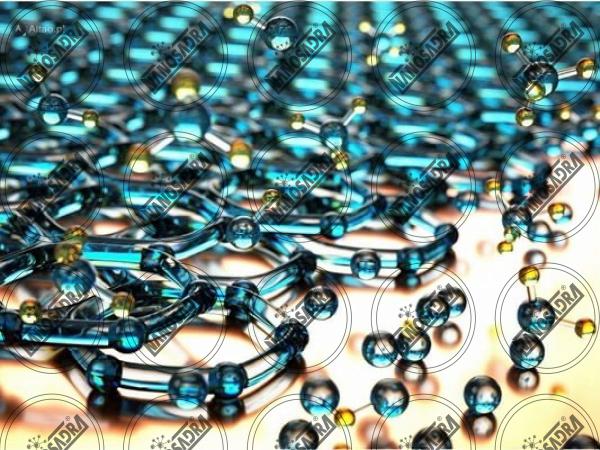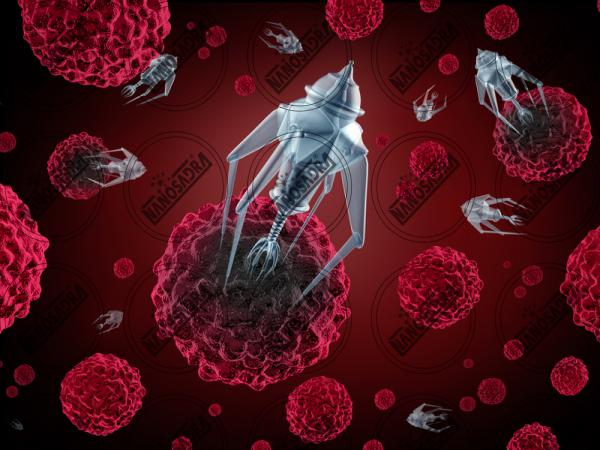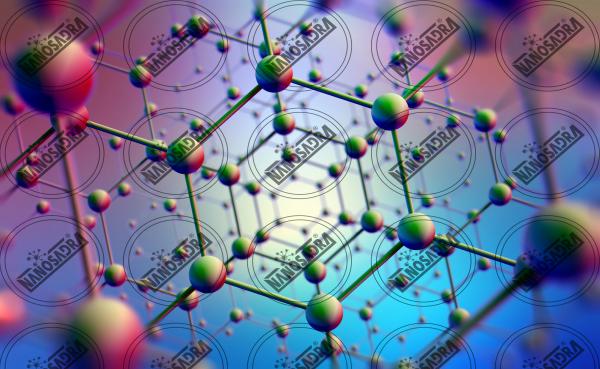roducers 2019
Do you know antibacterial nanoparticles? Do you know what are the uses of these products? If you want to know the world’s best nanoparticle producers 2019, you should go to reputable online retailers and search for the most famous brands in order to buy quality products in bulk.

What is the importance of nanoparticles?

As nanomaterials can be produced atom-by-atom with the desired shape and structure. Nanomaterials also have a much higher surface-to-volume ratio compared to bulk materials. This is a very important property that is extremely important in all processes that occur on the surface of the material, such as reactivity.
so that it can be concluded that nano is not only a thousand times smaller than micro, and that nanotechnology is only extending to micro-technology. Not a smaller scale Nanotechnology is a completely new paradigm that opens up many opportunities for science.
How are silver nanoparticles antibacterial?

Researchers at Rice University have ended a long-running dispute over the mechanism of the effect of silver nano antimicrobials, the most widely used nanoparticle in the world, on killing bacteria. According to the latest research, insoluble silver nanoparticles do not kill cells in direct contact with cells, but soluble ions do their job when oxidized by bacteria.
Silver ions, which are injected into the bacterium by the nanoparticles, contribute to its gradual death, a process in which the cells break down and eventually die. This process has made silver nanoparticles a prominent and widely used antibacterial agent.
The main feature of silver nanoparticles is the antibacterial properties of these particles, so this feature is used in the following:
- Wound dressing
- Ointment for ointments
- Antiseptics
- Medical Instrument Coatings
These particles shorten the wound healing process due to decreased activity of metalloproteases and increased neutrophil apoptosis and normalize scar appearance. In addition, they will help improve collagen orientation and increase tissue mechanical strength.
Antibiotic properties of nanoparticles

With the advent of nanotechnology over the past decade, golden opportunities have emerged for the discovery of the antibacterial effects of metallic nanoparticles. Since the advent of antibiotics and their use in the treatment of diseases, bacteria have always sought Natural selection laws can withstand antibiotics. The overuse of antibiotics in recent years has caused many problems due to the toxic effects, especially the emergence of resistant strains.
gold nanoparticle antibacterial have a great antibacterial effect due to their particle inhibitory effect, due to their small size, high surface area to volume ratio, and greater exposure to outer space. In research on Gram-positive and Gram-negative bacteria, the results indicate the broad spectrum of antimicrobial properties of ZnO nanoparticles.
Antimicrobial properties of iron oxide, silver, calcium carbonate, titanium dioxide, chromium oxide, etc. have also been investigated, and each has shown a special effect on bacteria, which scientists believe can be achieved. They used these nanoparticles as a suitable alternative to antibiotics.
Antimicrobial changes that inhibit pathogenic bacterial growth are a desirable target. Nanomaterials based on metallic ions have extensive cell-killing activity against bacteria, fungi and viruses. The antimicrobial properties of the nanoparticles are used in:
- Catech coverings
- implant
- Dentures
- Other hospital equipment
How do nanoparticles kill bacteria?

Given the antibacterial effect metallic nanoparticles antibacterial have shown, they can be used in the medical and pharmaceutical field as inhibitors to prevent and stop bacterial growth. They can also act as visible-light photocatalysts for the treatment of contaminated waste water. Nanotechnology, a convenient way to develop new antibacterial agents to control Bacteria are multidrug resistant.
The toxicity of the microbial nanoparticles on the microorganisms results from disrupting the cell structure as well as causing oxidative stress. Nanotechnologies are used in textiles and food industries to restrict bacterial growth. In recent years, the use of inorganic antimicrobials for the control of pathogenic microorganisms has attracted much attention.
The specific advantages of inorganic antimicrobials compared to their organic counterparts are improved immunity and stability at high temperatures.











Your comment submitted.